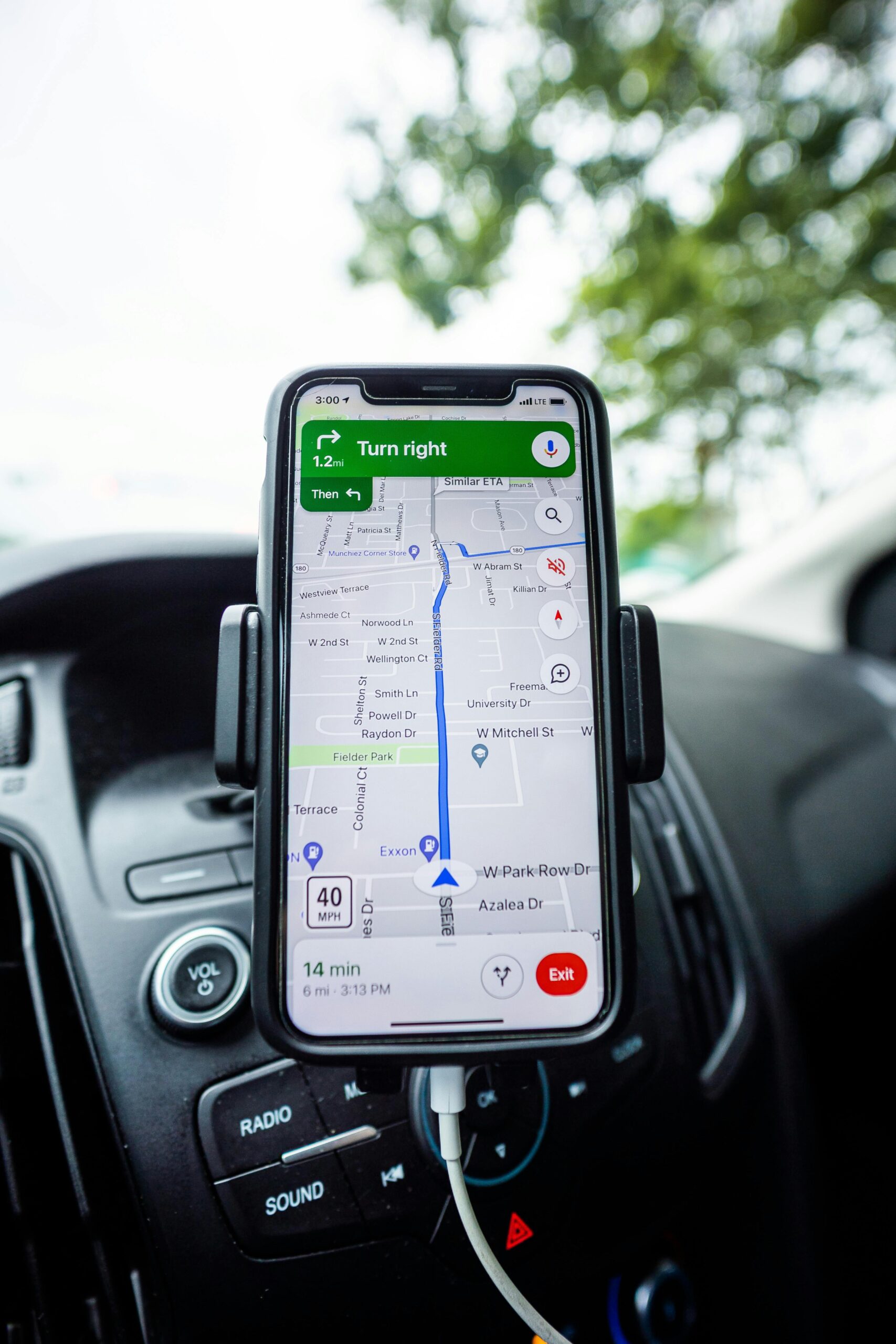When eighty percent of hospitals get labeled as failing, you’re not measuring hospital performance.
You’re measuring system failure.
The UK government’s new NHS league tables reveal something most people will miss. These rankings capture the visible symptoms of invisible operational breakdowns that start in the most mundane place imaginable.
Documentation.
The Cascade Nobody Sees
Here’s what happens when a clinician spends three hours daily fighting computer systems instead of caring for patients.
Patient throughput slows first. Simple math: extra documentation time means fewer patients seen per day. Those longer queues show up directly in waiting time metrics.
A&E performance craters next. Emergency departments operate on razor-thin margins where minutes matter. When doctors get pulled away from critical cases to complete administrative tasks from previous patients, response times suffer catastrophically.
The financial damage follows immediately. Poor documentation creates coding errors, which trigger claim denials. Industry-wide denial rates hover around 11.8%. When hospitals can’t properly capture and bill for care they’re providing, revenue drops while costs stay fixed.
Quality metrics suffer last but most insidiously. Rushed clinicians facing documentation backlogs have less time for thorough patient assessment. We end up measuring care quality while forcing providers into systems that compromise their ability to deliver quality care.
The rankings measure these downstream effects perfectly. They just can’t see the upstream cause.
The Hidden Cost Nobody Calculates
Most healthcare leaders see only the tip of the cost iceberg when experienced clinicians leave.
Direct replacement costs run 75-100% of annual salary for recruitment, training, and credentialing. But the real damage happens during the 6-12 month productivity ramp period.
New clinicians are slower at everything. Patient care, documentation, decision-making. This translates directly into longer wait times, reduced throughput, and increased documentation errors.
The knowledge vacuum gets worse. Senior clinicians know the shortcuts, templates, and coding nuances that make documentation efficient. When they leave, remaining staff struggle with systems they don’t fully understand.
I’ve watched hospitals where high turnover created vicious cycles. Remaining staff get overwhelmed with extra documentation work. More burnout leads to more departures, creating heavier administrative loads for survivors. Eventually you’re left with junior staff spending 4-5 hours daily on documentation because they never learned the efficiency strategies.
A single experienced nurse leaving can cost a hospital $200,000-300,000 when you factor in all downstream effects. Premium temporary staff rates, overtime costs, documentation quality drops, more claim denials, revenue loss.
The rankings capture this workforce instability perfectly. They just label it as hospital failure instead of identifying turnover as the root cause.
The Rural Healthcare Penalty
Queen Elizabeth Hospital in King’s Lynn isn’t necessarily poorly managed. It’s caught in what I call the rural healthcare penalty.
Rural hospitals serve populations with complex, chronic conditions requiring longer documentation, detailed care coordination, and time-intensive encounters. But rankings measure them against urban specialists like Moorfields Eye Hospital, which serves completely different patient populations with straightforward, specialized procedures.
Rural hospitals can’t compete with London salaries. They’re constantly dealing with higher turnover and less experienced staff. This creates exactly the documentation cascade I described. Inexperienced clinicians taking longer to document, making more errors, creating more rework.
These hospitals are probably working harder and more efficiently than their urban counterparts. They’re just being measured by the same metrics without adjustment for case complexity or resource constraints.
The ranking system punishes hospitals for taking on the hardest jobs in healthcare while rewarding those with the easiest patient populations and best resources.
That’s not measuring performance. That’s measuring privilege.
The Equity Crisis Nobody Mentions
This ranking system creates a two-tiered healthcare system where hospitals serving vulnerable populations get labeled as failures and face reduced funding.
Meanwhile, hospitals serving affluent areas get rewarded with more resources.
Classic Matthew effect. To those who have, more will be given. Moorfields gets operational freedoms and investment opportunities because they serve patient populations that make good metrics easy to achieve. Hospitals in deprived areas face increased scrutiny and management penalties for dealing with healthcare inequality’s complex realities.
The long-term consequence will be brain drain from exactly the hospitals that need the best clinicians most. Who wants to work at a publicly labeled “failing” hospital when you could work at one celebrated as “high-performing”?
The ranking system creates recruitment advantages for hospitals that already have resource advantages. This accelerates the postcode lottery problem the government claims to solve.
Instead of raising standards across the board, we’re institutionalizing a system where zip codes determine not just health outcomes, but hospital infrastructure quality.
The Innovation Rankings Can’t See
Hospitals serving challenging populations often develop the most sophisticated care innovations out of necessity.
Take community-integrated care pathways. Hospitals in deprived areas create systems partnering with social services, housing authorities, and community organizations to address root causes of frequent readmissions.
A hospital serving populations with high diabetes and heart disease rates might develop programs with community health workers doing home visits, helping medication management, identifying housing issues affecting health outcomes. Partnerships with food banks address nutrition challenges. Housing associations help identify and fix mold problems exacerbating respiratory conditions.
These programs prevent emergency admissions, reduce readmissions, improve long-term outcomes. But they’re resource-intensive upfront and require staff time that doesn’t show up as “patient contact time” in traditional metrics.
Rankings can’t measure the prevented heart attack or avoided diabetic crisis. They only see that A&E times might be slightly longer because extra time gets spent understanding social circumstances and connecting patients with community resources.
Hospitals in affluent areas don’t need these programs. Their patients have private insurance, stable housing, family support systems. They can focus purely on acute care delivery, making their metrics look cleaner.
The hospitals ranked as “failures” are often doing the most comprehensive, preventive healthcare work. They’re just measured by acute care metrics that don’t capture that value.
The Technology Solution Nobody’s Discussing
AI documentation becomes transformative not just for efficiency, but for capturing the full patient care story that traditional systems miss completely.
Current documentation systems are built around billing codes and regulatory requirements. They capture what happened in single encounters, not comprehensive care journeys. But AI systems can track and document broader context. Social determinants, community interventions, preventive measures these hospitals already provide but can’t properly demonstrate.
An AI system could automatically document when clinicians spend time coordinating with housing services or arranging community health worker follow-ups. It could capture complexity scoring showing this wasn’t just a standard diabetes visit, but multi-factorial intervention addressing medication compliance, food security, and housing stability.
More importantly, AI can create longitudinal patient narratives showing outcomes over time. Instead of documenting today’s A&E visit, it shows this patient hasn’t returned in six months because of comprehensive discharge planning and community coordination during their last admission.
The real game-changer is AI automatically generating quality metrics that actually matter. Prevented admissions, successful community care transitions, social determinant interventions. These hospitals already do this work. They just can’t document it efficiently enough to get credit.
Research shows AI documentation systems reduce physician documentation time by 50% with 21-30% burnout reduction among participating physicians.
With proper AI documentation, a hospital in King’s Lynn could demonstrate that their “longer” A&E times actually represent superior care delivery. They’re addressing root causes, not just symptoms. The technology could finally make visible the innovative, comprehensive care these hospitals provide but never get measured for.
What Happens Next
I suspect the government will initially double down on current metrics. Political systems love simple, visible measures. League tables are easy to understand and create clear accountability narratives.
But unintended consequences will become impossible to ignore. When high-performing hospitals in rankings start poaching staff from “failing” hospitals, when rural hospitals close because they can’t attract investment, when health inequalities widen despite transparency initiatives.
The real catalyst will be hospitals gaming the system. Smart administrators will optimize for metrics rather than patient care. They’ll avoid complex cases, discharge patients earlier to improve throughput numbers, focus resources on measured activities while neglecting unmeasured but essential services.
I predict a two-phase evolution. First, a crisis within 18 months where ranking system perverse incentives become undeniable. Then pressure to develop more sophisticated measurement approaches.
The data supports this prediction. Physicians currently spend 49% of their day in electronic health records with only 27% spent caring for patients. Meanwhile, NHS staff are 50% more likely to experience chronic stress than other professions, with administrative pressure contributing significantly to burnout affecting retention across the health service.
AI documentation becomes crucial here. The technology will exist to capture nuanced, comprehensive metrics we’ve discussed. But it will take crisis to create political will for implementation.
The question isn’t whether we’ll get better measurement systems. It’s whether we’ll adopt them proactively or reactively, after the current system damages healthcare equity.
Making Invisible Work Visible
This comes down to watching brilliant clinicians become data entry clerks.
I’ve seen too many doctors and nurses who entered healthcare to heal people, only to find themselves spending more time fighting computer systems than caring for patients.
There’s something fundamentally wrong when physicians consider leaving medicine not because of medical challenges, but because they can’t stand spending three hours daily on documentation.
When we free up just one hour of a clinician’s day from administrative burden, that’s potentially 8-10 more patients seen, dozens of family conversations without rushing, medical decisions made with proper reflection time rather than under documentation pressure.
I’ve witnessed hospitals implement proper documentation technology and suddenly see staff satisfaction scores jump, patient throughput improve, financial performance follow. It’s not magic. It’s removing artificial barriers preventing healthcare professionals from doing what they trained to do.
The current system punishes hospitals and clinicians doing the hardest, most important work. Rural hospitals serving complex populations, urban safety net hospitals dealing with social determinants of health. They’re measured by metrics that ignore their actual healthcare contributions.
We need systems that make their invisible work visible, that give them credit for comprehensive care they provide. Because ultimately, that’s how we create a healthcare system serving everyone, not just the easy cases.
The hospitals being ranked as failures today will likely lead the charge for better measurement tomorrow.
The question is whether we’ll listen to them before or after the current system causes irreversible damage to healthcare equity in the UK.




